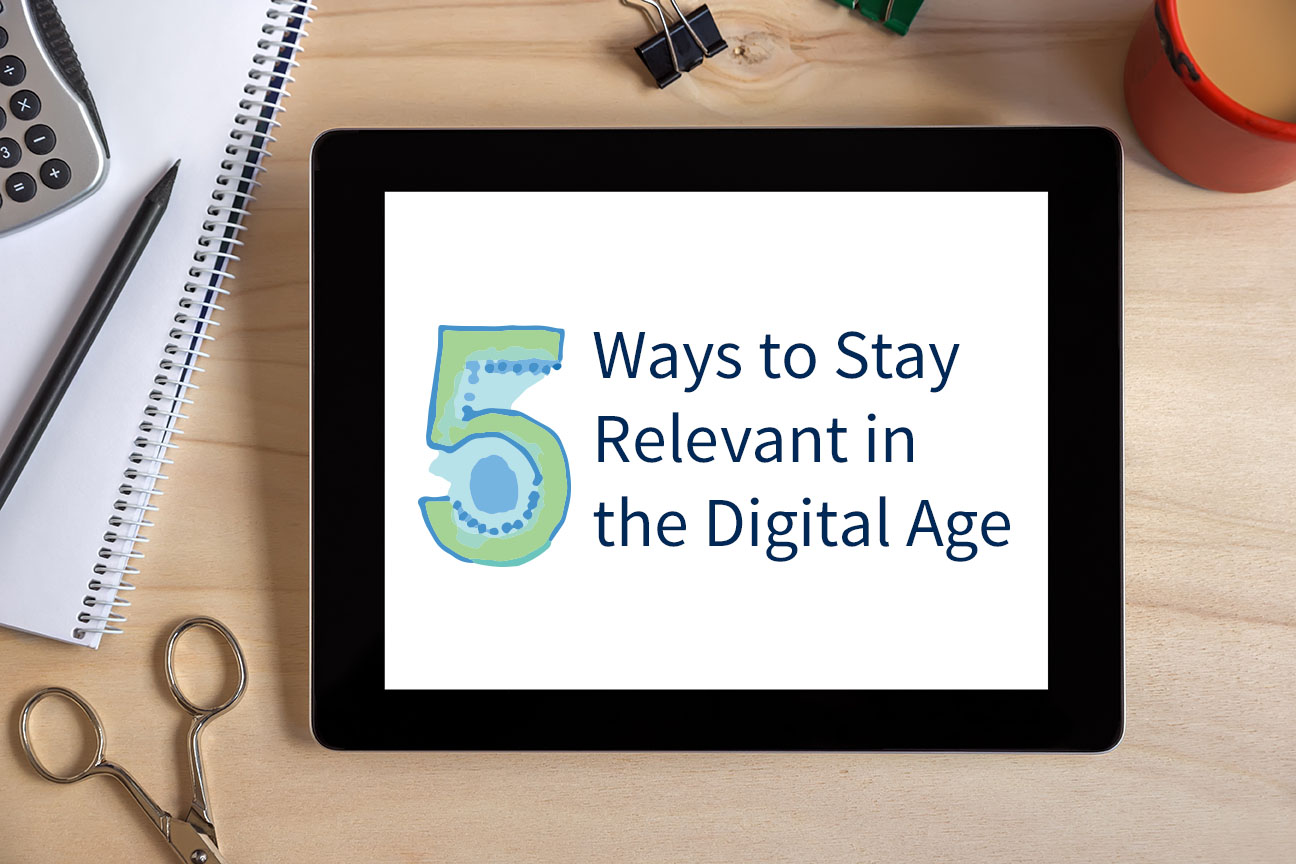
5 Easy Ways Teachers Can Stay Relevant in the Digital Age
In this digital age of apps, social media, and ever-changing trends, it can be difficult to keep up with our students, spark their interest, and connect the curriculum to their often tech-centered lives. But there are ways to stay relevant without requiring you to research every app and trend out there. Here a few approaches to try.
Have students create presentations about apps
Instead of scouring the web to find out which apps are trending and why, have students prepare well-researched presentations about their favorite apps, explaining how they work, what the app’s goals are, how they achieve those goals, and what makes them better than their competitors. You can even tie it into your curriculum if you want students to decide what the best app is related to subjects like biology, writing, or learning a foreign language. Perhaps you could even ask them to make a case for why a particular app should be used in your class, demonstrating how it enhances learning while keeping students engaged.
Want students to choose from a list of already reviewed and rated apps appropriate for your students’ age group? Check out Common Sense Education’s list of researched and reviewed edtech products here.
Build in time to share
No matter what grade you teach, students tend to enjoy moments where they get to share bits about their lives, including what shows they love to binge watch, who they follow on social media and why, etc. You can use that information to improve how you try to relate lessons to their lives and build meaningful connections with them by showing you recognize that they have stories to tell and opinions worth sharing.
Sometimes the way to connect to a shy or obstinate student is by taking the time to ask about their favorite YouTubers, video games, or websites. That one moment might be what brightens their day and serves as the beginning of a bridge of trust. We often get so caught up in our lesson plans and our many to-do lists that it’s easy to forget to build in moments to invite students to share with you, showing them that they can teach you something too. One easy way is to have your students fill out “exit tickets” and add in a fun element. For example, before students leave for the day, ask them to write down three things they learned that day, two questions they still have, and a website or app that has helped them with an assignment or project.
Create online surveys
When preparing your next unit, create a survey to find out what your students are interested in and how you can tie it to the lessons and activities ahead. Regardless of whether you create an online survey using a tool like SurveyMonkey, or you have students fill it out on paper, your effort shows students you care about what they think without putting them on the spot individually.
Here’s a real example: Let’s say you’re planning a unit that requires students to write and deliver a well-researched speech. Create a survey asking what they think the biggest issues are that students their age face in their community, or ask them which celebrity they think best represents the country’s values and issues. From there, students will be intrigued and you can use their responses to enhance your plans, making the unit relevant and engaging.
Discuss the pros and cons together
When it comes to social media, texting, smartphones, and other tech-related devices, create opportunities for an open dialogue so that the pros and cons can be discussed with your students. It’s easy to start off those conversations with “back in my day,” but if we start by asking them what they like and dislike about Tweeting vs. talking or emojis vs. words, then we remain open to the exchange of ideas, as do they. It’s a chance to learn from each other and consider different viewpoints. You can even connect it to your curriculum. When studying Romeo and Juliet, ask students how smartphones would’ve impacted their communication styles and their relationship’s progression. In a science class, show students studies that convey how social media stimulates the brain and impacts one’s decision-making, and ask how that relates to their own lives.
Share with other teachers
Each teacher has his or her own style and ways of relating to students, but sharing with each other can help us all improve and stay up to date so that there isn’t a huge digital divide between us and our students. Let’s face it: It’s impossible to stay in the loop on all the latest trends. However, it’s important to be aware of the trends that are far reaching so that school staff members are all on the same page when it comes to addressing issues like cyberbullying and topics like digital literacy and digital citizenship. The more we share about what our students are interested in, the more we will be able to connect to them while helping to guide them in the right direction.
Kara Wyman has a BA in literature and an MEd from the University of California-Santa Barbara. She spent a decade working with adolescents as an English teacher, the founder and director of a drama program, a curriculum designer, and a project manager for a teen-centered nonprofit organization.
Categorized as: Tips for Teachers and Classroom Resources
Tagged as: Educational Technology, Educational Technology Leadership
